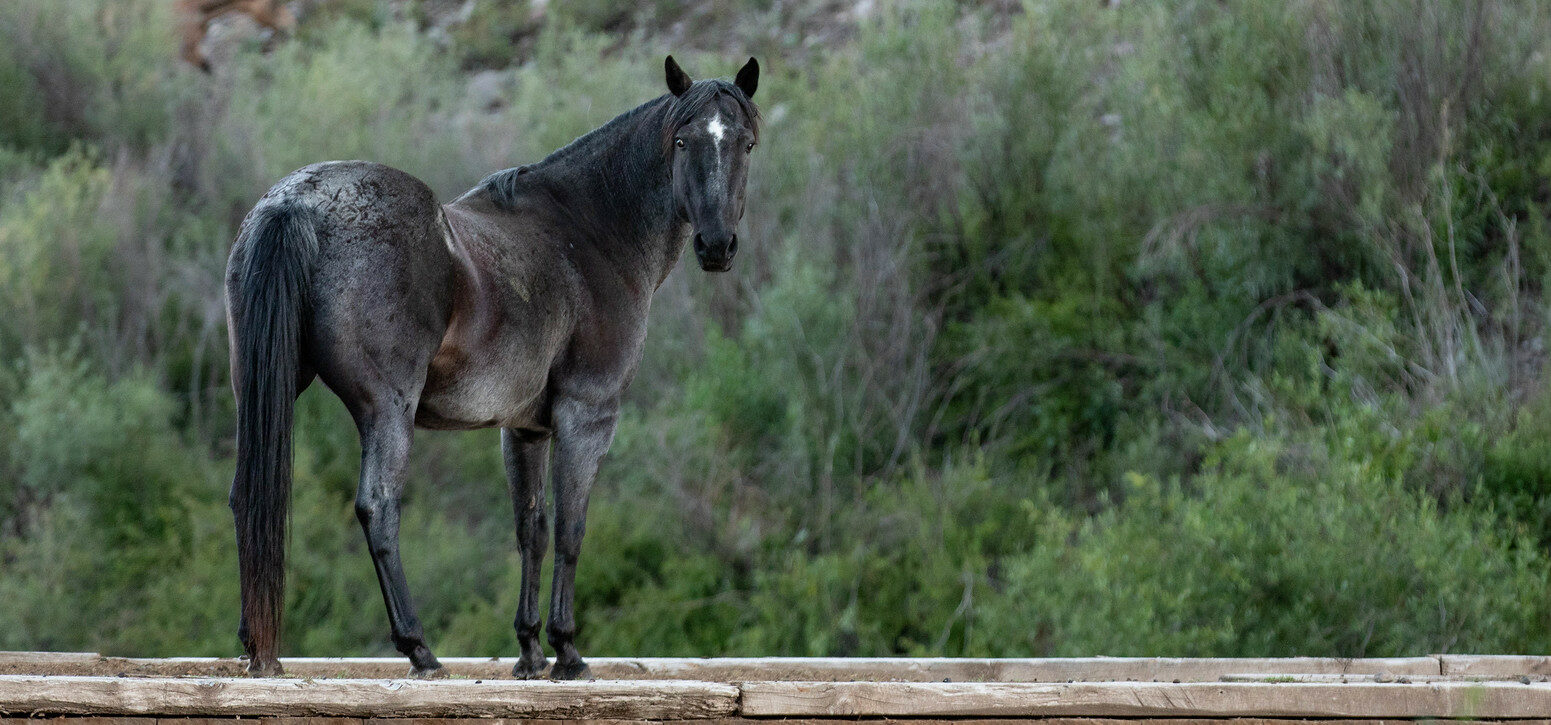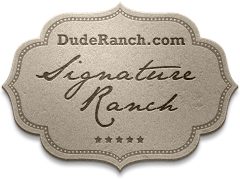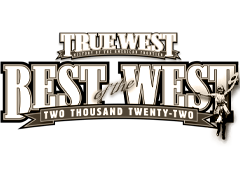Basic Horse Colors
In the horse world, coat color can be a complex topic, as there is a name or label for every little variation. But, there are the basic colors that can help get a start on understanding the vocabulary associated with the differences. There are more colors than we discuss here, but understanding these will give you a good start. Genetics are amazing!
Some colors are also considered breeds of horses, and have associations around them outside of our world here at RTR. These include Appaloosas and Paints. However, here at the ranch, we just used those names as descriptions of the horses’ colors. We want to define and explain some of the coats that you might see at the ranch or hear the wrangler’s mention as they describe the horses to you!
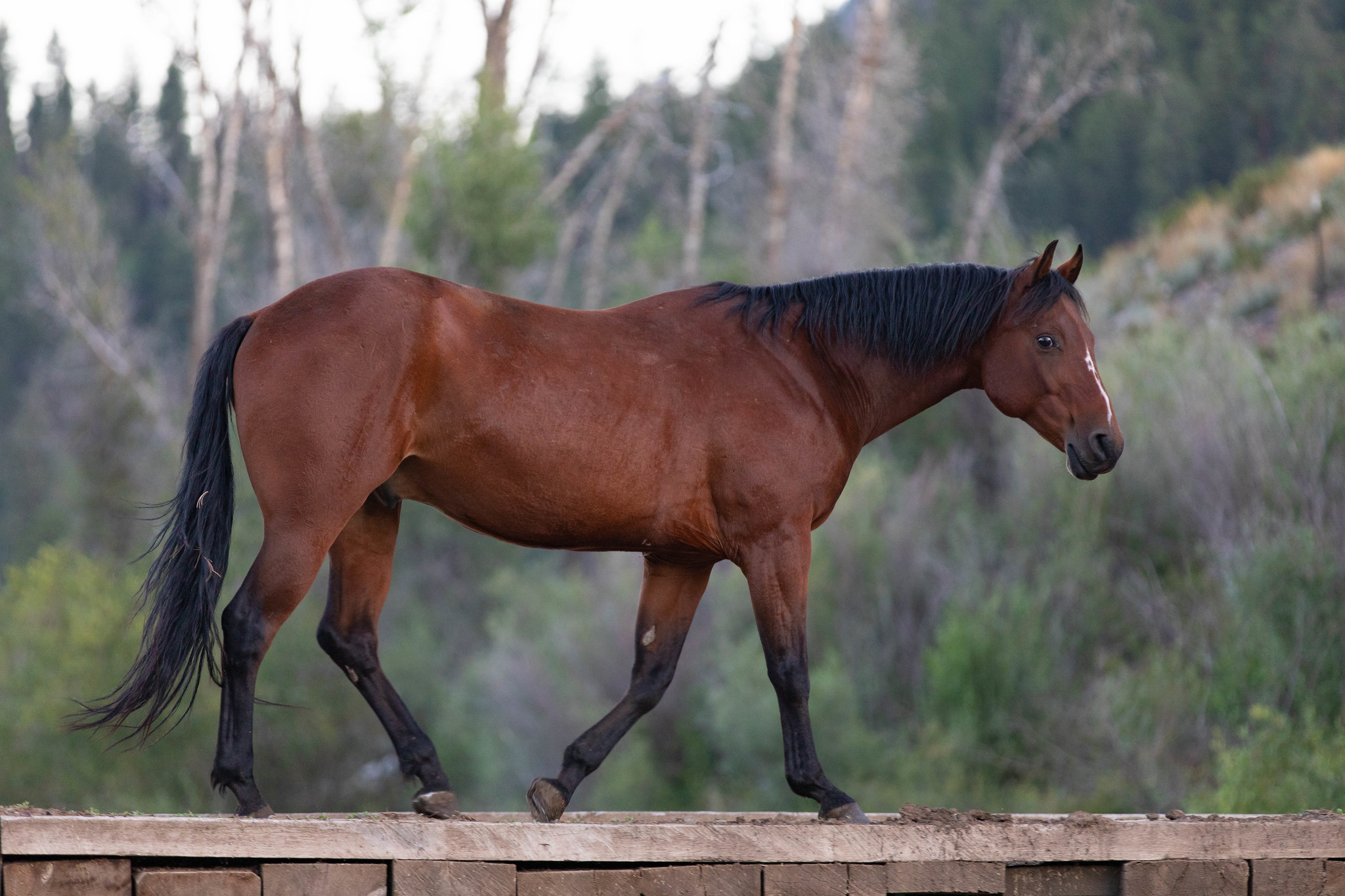 Sorrel/Chestnut: This is the most common color of horse. It is a copper or reddish color of body, mane and tail.
Sorrel/Chestnut: This is the most common color of horse. It is a copper or reddish color of body, mane and tail.
Bay: A bay is a medium or dark brown colored horse, with black “points,” or mane, tail, and legs. [Dreamer is seen to the right, a great representation of the bay color]
Black: As it sounds, black horses are just plain black. In the summer they might bleach a little, and get brown tips on their hair, but they are still black!
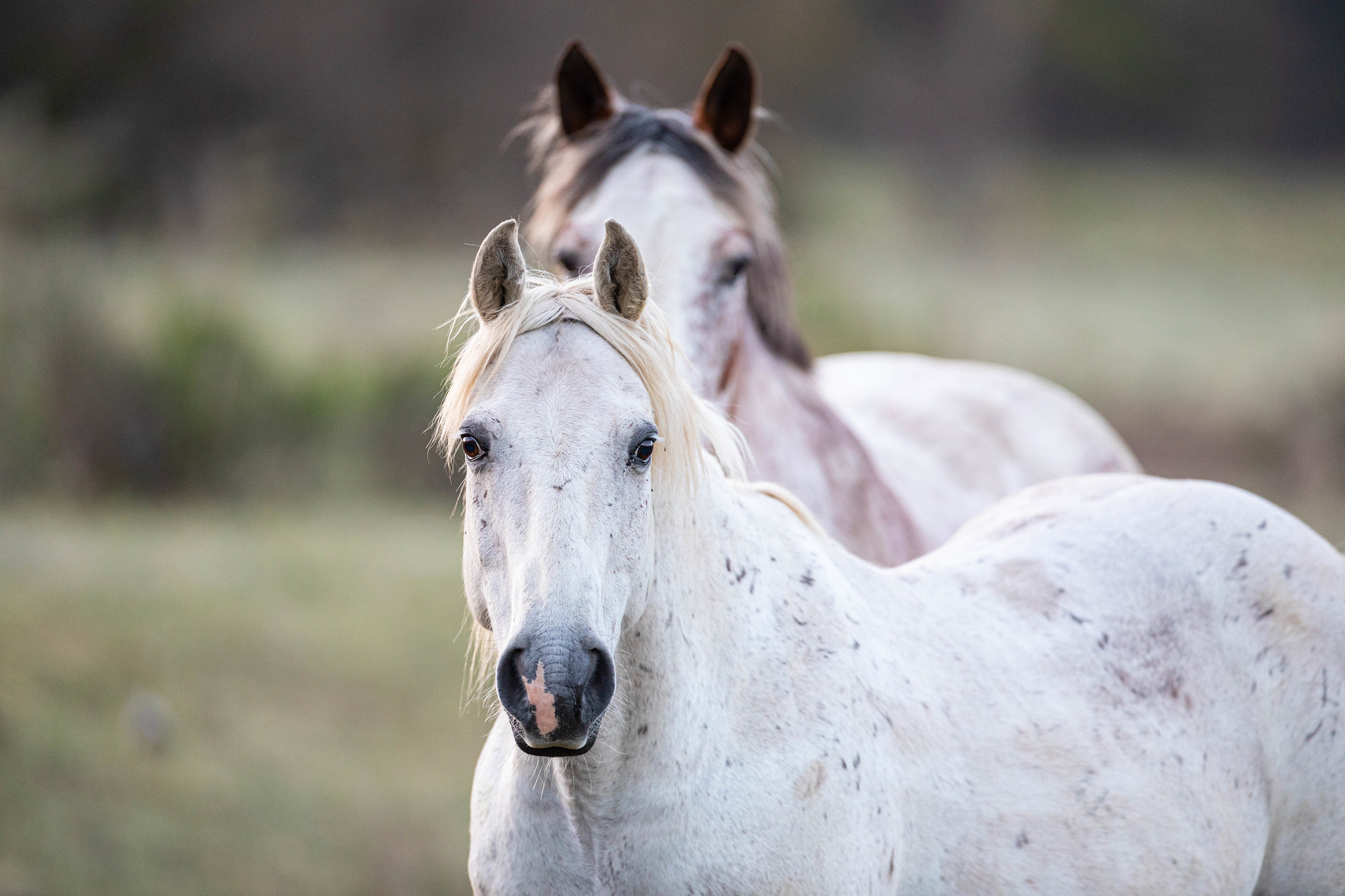 Grey/White: The common white horse that might be seen is actually considered a grey. When they are born, they are often dark in color, and lighten up as they get older. [Merlin, pictured to the right here, is a grey. On his nose, his black pigment is showing, and that's the color that he is all over. The pink there is true white.]
Grey/White: The common white horse that might be seen is actually considered a grey. When they are born, they are often dark in color, and lighten up as they get older. [Merlin, pictured to the right here, is a grey. On his nose, his black pigment is showing, and that's the color that he is all over. The pink there is true white.]
Appaloosa: Appaloosas are most commonly recognized for the big, dramatic leopard spots seen on their coat. The spots can be large or small, and can be seen all over the horse’s body, or just on the hindquarters or rump.
Buckskin: This color is a tan or yellow base coat, with black points.
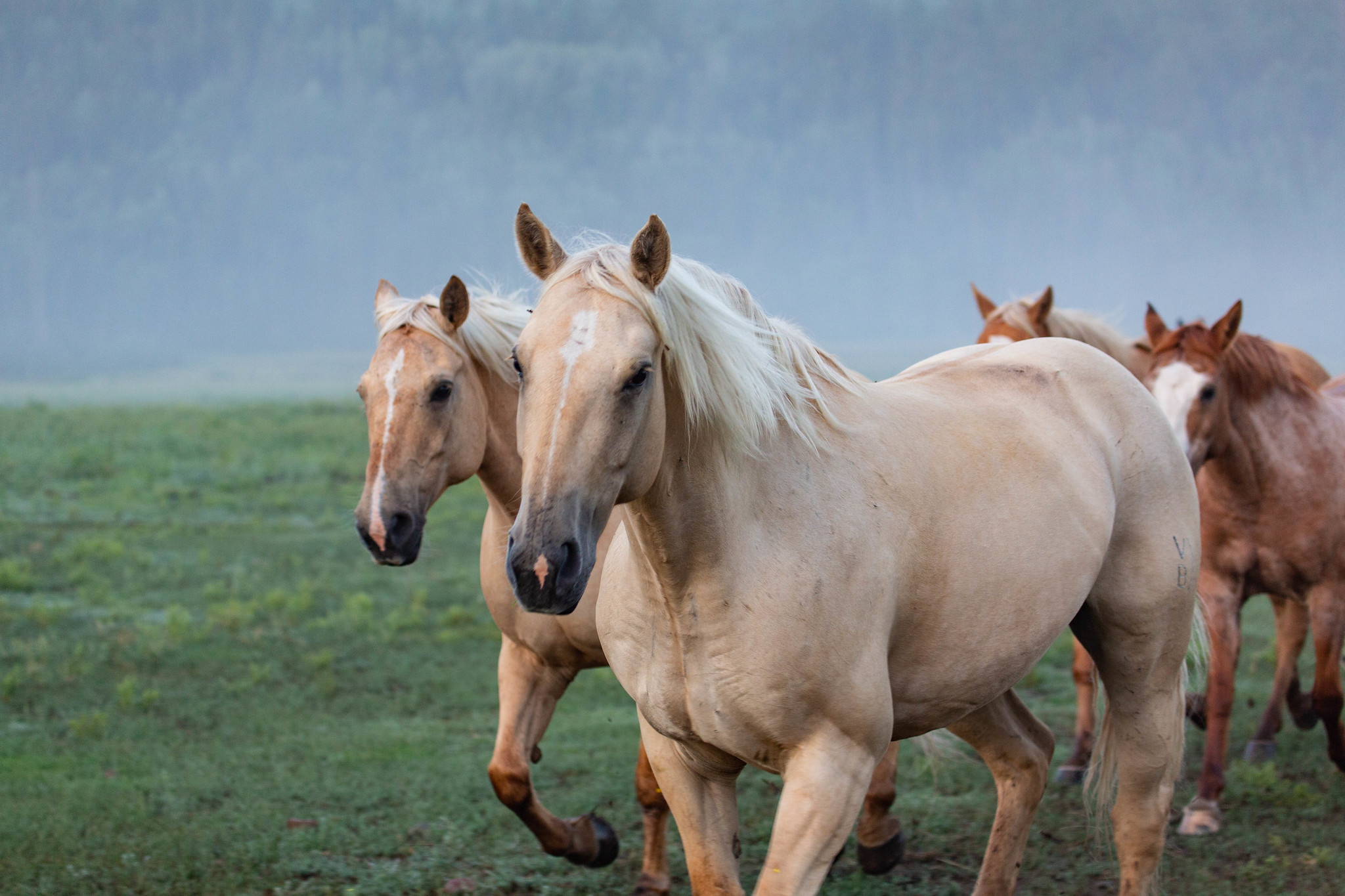 Palomino: A color that has been popularized in many breeds, it’s a tan or yellow base coat, with a white mane and tail. [Ranch-raised sisters May and Molly are pictured to the right, and are both palominos.]
Palomino: A color that has been popularized in many breeds, it’s a tan or yellow base coat, with a white mane and tail. [Ranch-raised sisters May and Molly are pictured to the right, and are both palominos.]
Cremello: Only one resides on the ranch, and he is RTR’s American Quarter Horse stallion, Silver. He is unique in that he is a cream color with blue eyes, and possesses genetics that are ideal for breeding buckskins and palominos.
Additional Variations:
On top of the base coat, some horses can have other markings that make their coloring a little more complex.
Paint: This would be any splash of white in addition to their base coat. This is true white, or pink, pigment. You can have paint with any color coat. [Kaycee, ranch raised and trained, is a beautiful paint. the splashes vary from horse to horse, as they can be all over, or more subtle, as seen on this mare. She also displays "dun" characteristics, and those are described below. This makes Kaycee a dun paint.]
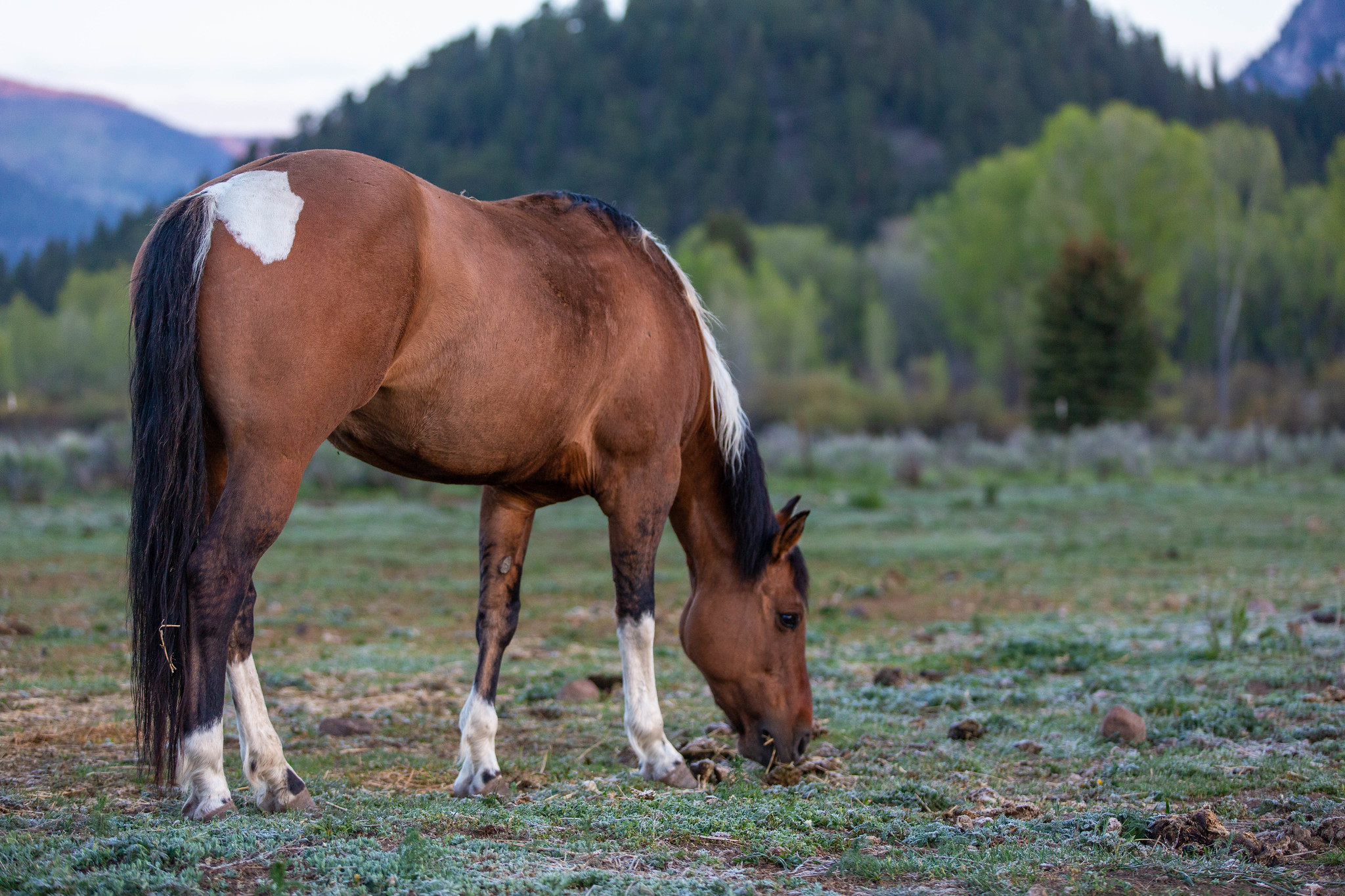 Dun: A dun genetic factor can show on many different colors. It consists of a dorsal stripe, or a stripe down the spine, darker colored mane and tail, dark tips on the ears, and stripes on the wither, or shoulder, as well as on the legs. Classic duns are a medium brown or dark tan color. You can also have a dunskin (buckskin dun), dunalino (palomino dun), or a grullo (black dun).
Dun: A dun genetic factor can show on many different colors. It consists of a dorsal stripe, or a stripe down the spine, darker colored mane and tail, dark tips on the ears, and stripes on the wither, or shoulder, as well as on the legs. Classic duns are a medium brown or dark tan color. You can also have a dunskin (buckskin dun), dunalino (palomino dun), or a grullo (black dun).
Roan: This color variation is when a horse has white hairs that show through the base coat, making them have an almost frosted look. It can show through on almost any base coat, and be combined with either of the above additions. The most common roans are a blue roan (black base coat), bay roan, red roan (chestnut or sorrel), or buckskin roan. [Below is King, a wonderful blue roan that lives at RTR.]
